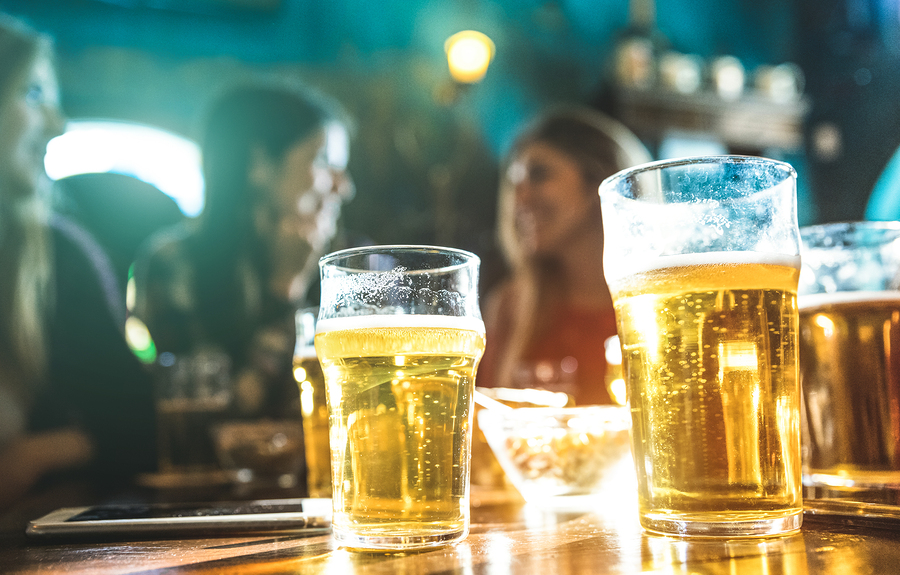
How a poster campaign influences conscious and unconscious thoughts on alcohol
Binge drinking among adolescents and young adults is a serious health problem. Policy makers and health institutions try to promote responsible drinking among young people with mass media campaigns. But do these campaigns make a difference? A study published in British Journal of Health Psychology shows that a poster campaign can influence how people think about drinking, but only at an unconscious level.
Take aways
- Young people who see posters about responsible drinking, get more unconscious negative thoughts about drinking. This can happen after seeing the posters just once.
- Using posters in mass media campaigns can be a valuable strategy, because changing unconscious thoughts may result in a behavioral change in the long run.
Study information
Who?
Study 1: 81 participants (mean age: 22, 65% female)
Study 2: 104 participants (mean age: 23, 69% female)
Where?
Luxembourg
How?
In Study 1, the researchers asked participants with a questionnaire what expectations they had when drinking alcohol (for example, reducing tension or improving social situations). Then, participants did a computer task that measured how easily they associated alcohol with positive or negative outcomes.
In Study 2, the researchers wanted to find out how participants unconsciously thought about drinking alcohol. Participants did a computer task in which they quickly had to decide if a word or picture (alcohol related or not) was positive or negative. Participants were also directly asked for their opinion about drinking alcohol.
In the middle of both studies, participants either looked at posters of an anti-alcohol mass media campaign or had to take a short break. Researchers compared answers and performance of participants at the beginning and at the end of the study.
Facts and findings
- Participants who saw the posters had more negative unconscious thoughts about drinking alcohol than participants who only took a break.
- Participants who saw the posters had similar expectations about drinking alcohol as participants who did not see the posters.
- Surprisingly, participants who saw the posters were more inclined to drink alcohol in the coming week.